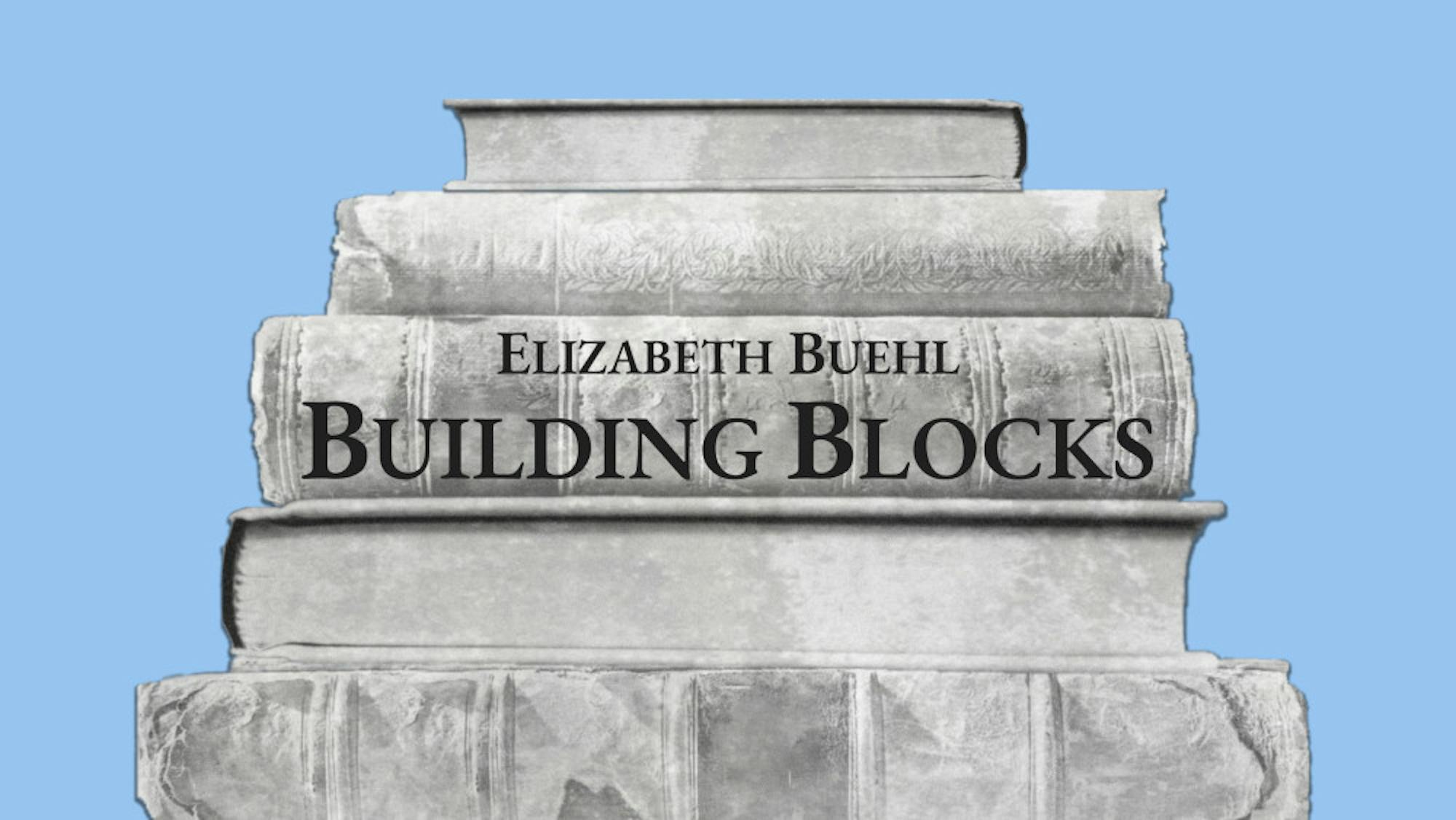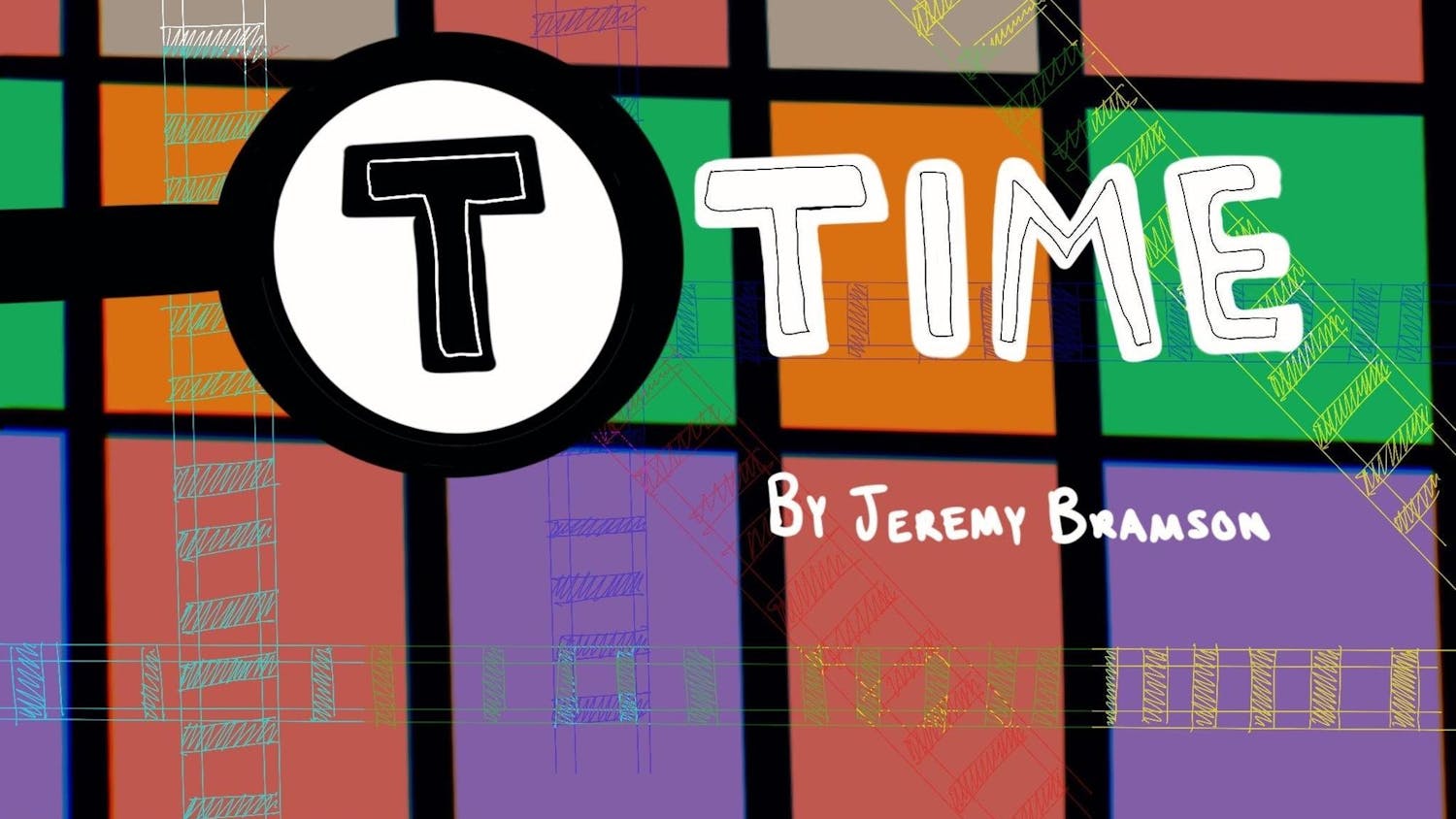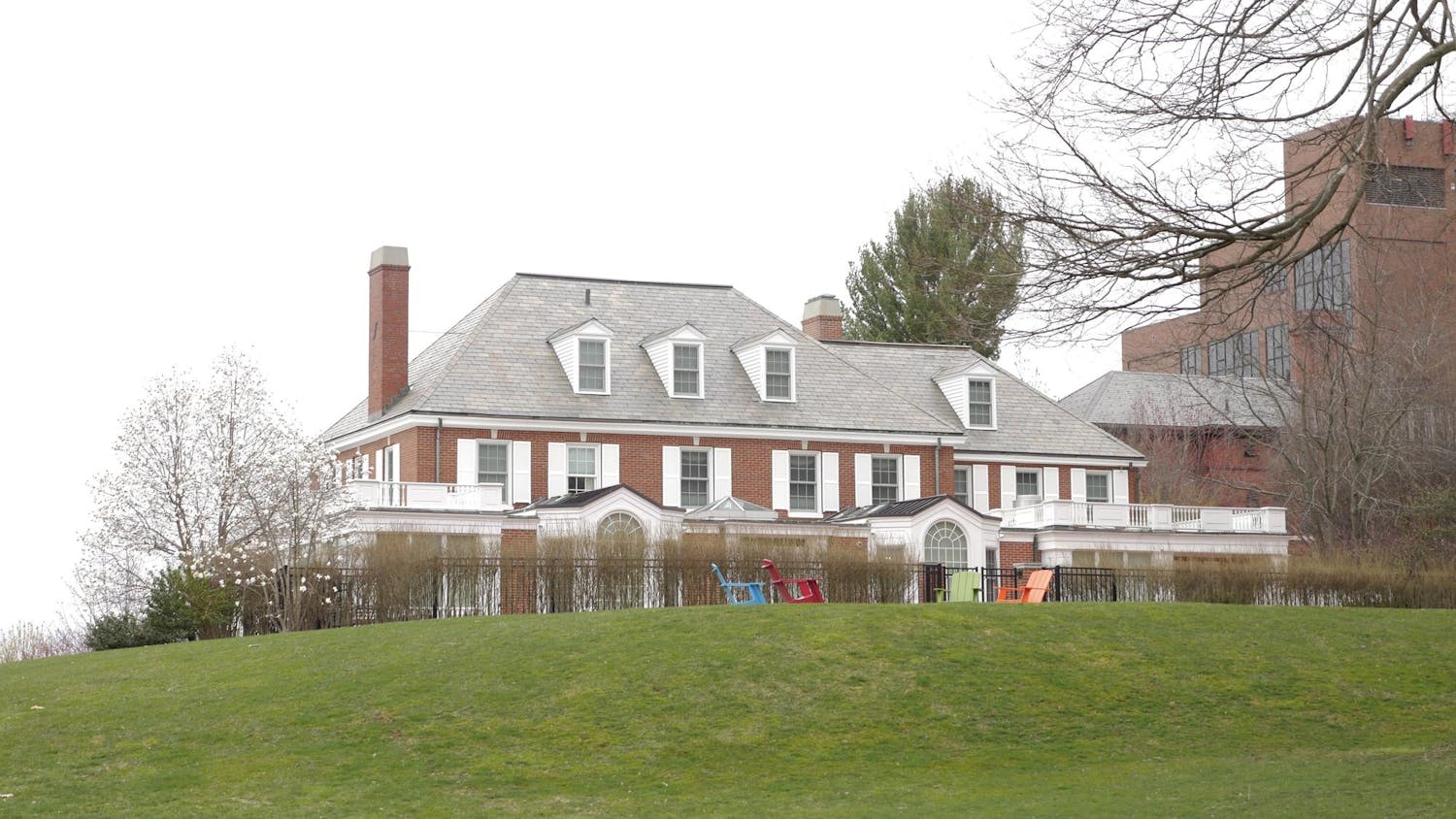In the same way that looking into the past of the police system in the United States can help Americans decipher the roots of many of today’s problems with policing,digging into the history of the U.S. public education system illuminates the core of many of our present day injustices.In 1635, the first free American public school opened its doors, and over time, an increasing number of schools followed suit.The federal Department of Education was not established until 1867, and the Common Core, an effort to standardize education and a far cry from the religious curriculum that dominated the American school system centuries before, was not adopted until 2009. Today there are over 130,000 public schools nationwide that serve over 50 million children.
When thinking about my own very privileged educational history, I vividly remember my seventh grade American government teacher proclaiming to a class of eager students that, when in doubt, the answer is always John Locke. While he used this oversimplification ironically, he may have been right. In Locke’s "An Essay Concerning Human Understanding" (1689), he presented the idea that we are all born a blank slate, a tabula rasa, ready to be painted with acquired knowledge.His philosophy laid the foundations for the secular education system that seeks to paint millions of K–12 students’ blank slates today.Yet, although President Biden’s campaign promised to “Ensure that no child’s future is determined by their zip code, parents’ income, race, or disability,” I firmly believe that not all slates are being painted with the same colors. Rather, one’s academic opportunities are largely determined by their socioeconomic status and race.
The framework for funding in the U.S. public school system draws a direct link between the taxes paid in a district and the funding a school receives.In Massachusetts alone, school districts like Berkley Town Schools spend just $12,103 per student annually, whereas districts like Truro Town Schools spend an astounding $47,592 per student. There’s one system to blame for this glaring discrepancy: property taxes.
We are now left to ask ourselves why, after countless past initiatives addressed in speeches — like former President Obama’s 2013 State of the Union address which brought about the idea of Promise Zones — we are still facing the same dilemma we have faced since the commencement of American public schooling. The answer to this question is multidimensional lines can be drawn toward ingrained racism, classism and overall inaction.
We must not dwell on past passivity, but rather wage war on the systems that are building a concrete ceiling for an undue portion of our nation’s knowledge-hungry youth. The responsibility to create lasting change rests on the shoulders of every member of our society. It is time that every American student is given the opportunity to paint their tabula rasawith vibrant hues that will propel them to a future in which they can chase their limitless dreams.






